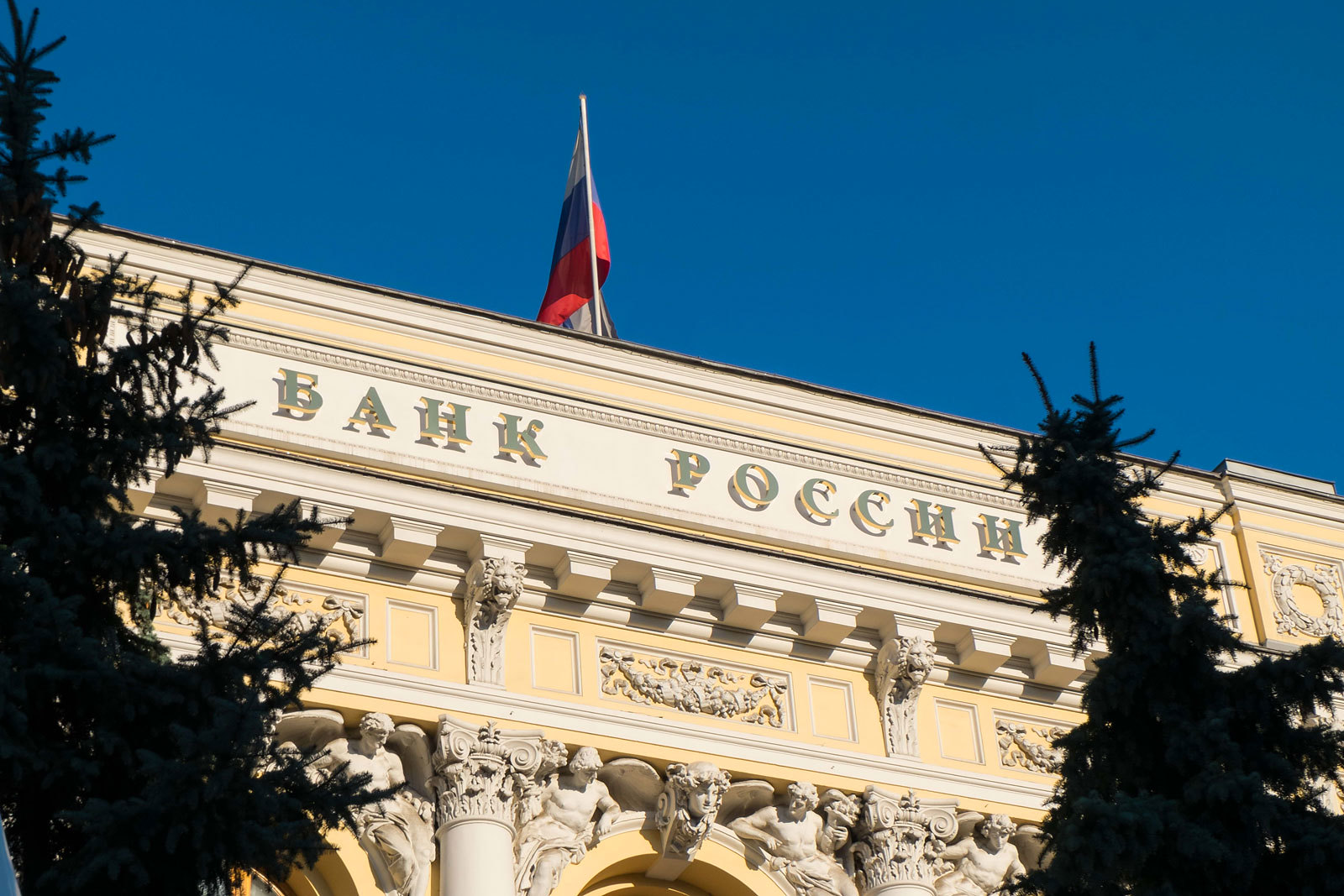Obama's Legacy: Law, Transparency, and the Politics of Anguish
Back in November, The Hill reported that the White House is looking into increasing the transparency of the drone program before President Obama’s imminent departure from office:
The White House wants to reduce the secrecy surrounding lethal drone strikes and other counterterrorism efforts, with an eye on President Obama's legacy when he leaves office in 14 months.
Published by The Lawfare Institute
in Cooperation With

Back in November, The Hill reported that the White House is looking into increasing the transparency of the drone program before President Obama’s imminent departure from office:
The White House wants to reduce the secrecy surrounding lethal drone strikes and other counterterrorism efforts, with an eye on President Obama's legacy when he leaves office in 14 months.
Key administration officials are uncomfortable leaving Obama’s successor with a murky regime of drone strikes largely shielded from public scrutiny, people involved in discussions with the White House say.
The administration reportedly held meetings with “legal experts and human rights advocates” to discuss possibilities for increased transparency, though any changes to the program have yet to be announced.
You perhaps can’t blame Obama for being “uncomfortable” with leaving a largely invisible drone program in the capable hands of Donald Trump, Ben Carson, or Ted Cruz. But for those of us who have kept an eye on the program over the long run, the Hill story has an amusingly familiar ring to it. It recalls a 2012 New York Times story that broke in the weeks after President Obama’s reelection, on a similar administration effort to reform the targeted killing program during the run-up to the last election:
Facing the possibility that President Obama might not win a second term, his administration accelerated work in the weeks before the election to develop explicit rules for the targeted killing of terrorists by unmanned drones, so that a new president would inherit clear standards and procedures.
Plus ça change, plus c'est la même chose.
It should not be surprising that the White House has chosen to make noise about reforming the drone program now, with the 2016 election approaching and the end of the Obama administration drawing near. The president, who has situated himself as the ultimate decision-maker during the target selection process and has taken great pains to display his moral anguish over this responsibility, has created a system in which the moral and political legitimacy of targeted killing rests almost entirely on Obama’s personal ability to recognize moral difficulty and make wise decisions in the face of that difficulty.
I wrote about this feature of Obama’s self-presentation as president back in October,
We all feel better knowing that the person at the top is thinking about these decisions hard enough to be anguished about them… President Obama, consciously or subconsciously, has tapped into the enduring archetype of leaders as anguished, isolated figures shouldering terrible responsibility.
The problem, of course, is that our current philosopher-president cannot be certain that the next person to hold his office will be quite so philosophically and morally serious and will approach his or her duties with the same sense of weighty responsibility.
In this context, it makes perfect sense that intra-administration discussions of restraints on the drone program have resurfaced. The White House’s push for transparency is yet another indication of how much weight this administration places on the figure of President Obama as an anguished moral arbiter. Obama and his administration appear to genuinely feel that the president’s own moral anguish and moral carefulness are able to rein in the program’s possible excesses—justifying a level of trust in the president’s ethical ability that the president’s advisers were not willing to extend to Mitt Romney, and are also not interested in granting to any of the candidates for the presidency in 2016. So when facing a looming transfer of power, they’ve twice turned toward measures that will constrain the next president, whether in the form of restrictions on the targeting process or increased transparency to provide a greater level of political accountability.
Just as Apple, preparing for Steve Jobs’s death, tried to create processes to institutionalize the kind of innovation he fostered, Obama’s aides are apparently creating processes to institutionalize his anguish.
How much has presidential anguish really affected the Obama administration’s approach to national security law over the last seven years? Let’s consult Charlie Savage’s Power Wars.
Savage’s book is both an exhaustive catalogue of the national security legal disputes faced by the Obama White House and a close study of how Obama, who made his way into the presidency on the back of his outspoken rejection of George W. Bush, could end up maintaining much of the substance of Bush-era national security policies. He argues that:
To compare Bush’s and Obama’s actions, it’s necessary to separate out two very different strands of criticism of the Bush-Cheney administration’s policies and practices…The first was a civil liberties critique: the problem was the counterterrorism policies themselves… The second was a rule-of-law critique: the problem was not the policy but the legal process supporting it, because the president should not have the power to disregard statutes.
In Savage’s view, the Obama team’s primary critique of Bush-era policies came not from the civil liberties angle but rather from an emphasis on the inadequacy of the Bush administration’s approach to legal process and the rule of law. As a result, the new administration was willing to bless policies that outraged its more civil-libertarian critics, on the grounds that newly rigorous legal processes had legitimated the programs in question even in the absence of major substantive change from their Bush-era antecedents.
To Savage, this focus on process is indicative of the administration’s overwhelming lawyerliness.
“If the Bush years can be caricatured as government by cowboy,” he writes, “energetic but shooting from the hip, the Obama era was government by lawyer, methodical and precise—sometimes to a fault.” And he also writes that “lawyers prize rigorous adherence to process.”
In an interview with Glenn Greenwald of The Intercept, Savage gives a loose sketch of how the characteristic Obama administration approach to process has distinguished this administration from its predecessor’s excesses:
So… the Bush administration goes to a John Yoo or a David Addington and he writes a two-page memo that says, ‘The president is commander-in-chief. We can do X. Let’s get lunch.’ …And the Obama administration goes to its legal team with that proposition and they write a hundred page memo that agonizes over every nuance and permutation and is full of footnotes and goes through all of the possible objections and comes up with reasons why those objections don’t apply in this instance and finally concludes, ‘We can do X.’
Savage’s description of the work of administration lawyers sounds a lot like institutionalized anguish. That is, he’s describing something very much like my own portrait of the president’s habit of presenting himself as deeply pained by the moral dilemmas inherent to national security policy and by the sometimes ugly necessities of wielding power. Obama’s presentation of his own anguish reflects Savage’s description of lawyerly institutionalization of the same instinct, with legal deliberation internal to the executive branch operating as a stylized analogue to the presidential anguish higher up the chain. The solitary, philosophizing president is of a piece with the lawyer—or lawyers—studying and working through statutory and constitutional nuance.
And just as Obama’s performance of public rituals of anguish serves a politically legitimating function, by reassuring us that his ultimate decisions are carefully considered, the view of legal process as holding particular value plays a similar role. This is baked into our own legal system and the concept of rule of law more generally. We are more likely to trust the judgment of a rigorous, procedurally careful judicial system than of a kangaroo court, after all. And the knowledge that the executive branch deliberates carefully confers a similar legitimacy.
There are differences, to be sure, between this stylized legal agonizing and the agonizing that President Obama presents to the public. The latter is primarily moral, rather than legal, anguish. And it addresses questions beyond the strictly legal. We are told that the president worries: does just war theory permit this act of violence? What do the writings of Thomas Aquinas have to say? And even if this violence is justified, how heavily will this action weigh on my conscience?
Nevertheless, the confluence between these two types of anguish—legal and moral—is worth noting. Obama’s display of moral anguish is often legally inflected, and the converse is apparently true of the executive branch lawyers. Savage quotes Jeh Johnson, then General Counsel for the Department of Defense as saying that “if I were Catholic, I would have to go to confession” after watching live feed of a drone strike to which he had given his legal approval. Moral anguish and legal process reflect and feed into one another, serving a similar role in shaping and legitimating national security decisions.
There is a flaw in this reassuring picture, however, and it’s a big one.
Much of Savage’s book is devoted to describing how the Obama administration maintained many of the Bush-era policies that, according to the Obama team’s thinking, had their genesis in a far less legally and procedurally exacting environment.
Savage points to at least two major instances in which legal debate within the executive branch ultimately turned the administration away from a potential course of action in the realm of national security. In one case, legal considerations forced the administration’s hand in allowing a Hezbollah operative detained in Iraq to walk free following the legal end of U.S. military operations in that country. In another, as Jack Goldsmith noted in his review of Power Wars, a lengthy series of internal legal disputes seem to have dissuaded the administration from targeting non-al Qaeda-affiliated members of Al Shabaab under the 2001 AUMF.
But these examples are noticeably few and far between. So as Savage himself has identified, this raises the question of what difference process really makes if its end result does not differ substantially from the result reached in the absence of that process? Put another way, what good is anguish if it doesn’t change behavior? A murderer who agonizes before he kills, after all, is still a murderer.
In his interview with Greenwald, Savage paraphrases the response of administration officials about the effectiveness of process in the absence of a policy change:
When I challenged various members of Obama’s legal team with that proposition, their answer was: “Yes, it does make a difference, even when the answer is the same, to have really robust legal thinking and process because, in some sense, the process is an end to itself. It makes you really think about hard issues and think through them and may bend your thinking toward a different outcome so that you never get to the point that when you want to do X it is forbidden by some law.”
Jack makes a similar point in his review:
It is also a mistake to conclude that law and lawyers do not restrain senior national security officials. What never shows up in books like Power Wars, and what the public never sees, are the scores of times that lawyers preempt operations and policies – in a phone call, conversation, or preliminary meeting – that are clearly out of bounds. Nor can we ever see the stream of dreamed-up and potentially useful operations and policies that never make it to a conversation because the policymaker knows that the answer will be “no” and thus never asks. In these and related ways, law hems in the President’s decision-making by limiting the policy options that reach his desk. A complete assessment of the effect of law on senior national security decision-making would need to compare the questionable approvals and fudges we see against the much-harder-to-perceive instances that law constrains by limiting possible courses of action. Reporters cannot easily get at this latter type of information.
So an administration that puts weight on process faces a Catch-22. Not only will the salutary policy changes that good process induces remain invisible, the very processes themselves that would assure the public tend to remain invisible too. The administration is left protesting that it really did think this over carefully, that it really did anguish over it.
The Obama administration’s subconscious solution has been to present the president’s anguish publicly.
The display of presidential anguish is a display to the public that the White House is taking these legal and moral issues seriously. It’s a visual display that the institutional and personal processes of self-questioning are doing their work to prevent a slide towards the unjustifiable. The president’s public moral pain has become a metonym for legal processes that the country can’t otherwise see.
In a conversation with Jack at the Hoover Book Soiree, Savage argued in favor of transparency as an alternate check on, in his words, “this strange kind of lawyering.” The solution, in his view, is to render more publicly visible the hidden processes that Jack describes, so we can know whether they are taking place as promised.
This proposed solution and the solution of presenting the president’s anguish are fundamentally at odds with each other. The administration appears to see Obama’s anguish as an adequate substitute for transparency, and transparency as necessary exclusively in the absence of anguish: hence the decision to look into implementing increased transparency only for the president’s successor. If we trust in the president’s genuine moral seriousness, this reasoning goes, we require no other form of public assurance.
This brings me to Donald Trump.
When I first read about the White House’s abortive efforts to reform the drone program in anticipation of a Romney presidency, it was easy to harbor a certain disquiet toward Obama’s apparent perception of moral superiority. Who is Obama, after all, to be so sure he takes moral considerations more seriously than Romney does or to harbor confidence that Romney will need checks that he does not consider necessary for himself?
With Trump as the Republican frontrunner, however, Obama’s concerns as to the moral character of his successor appear more serious. Much of the Obama administration’s approach to the national security policy in general, and the drone program in particular, is premised on the notion that the quality of a president’s individual moral character can make a great difference. In a world in which Donald Trump is leading in the polls, transparency looks better and better as an alternative to anguish.





